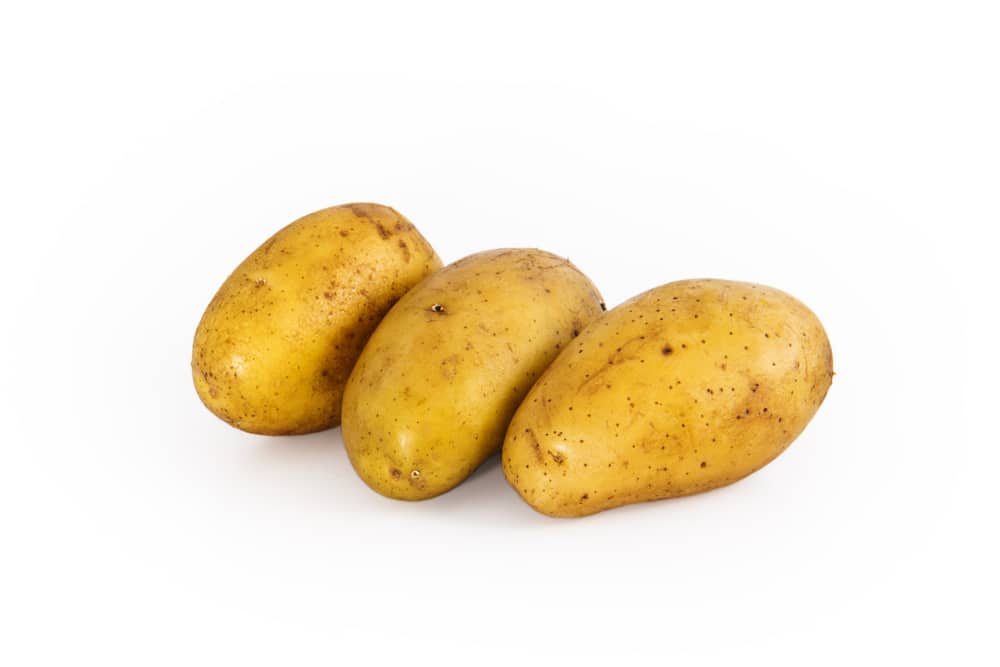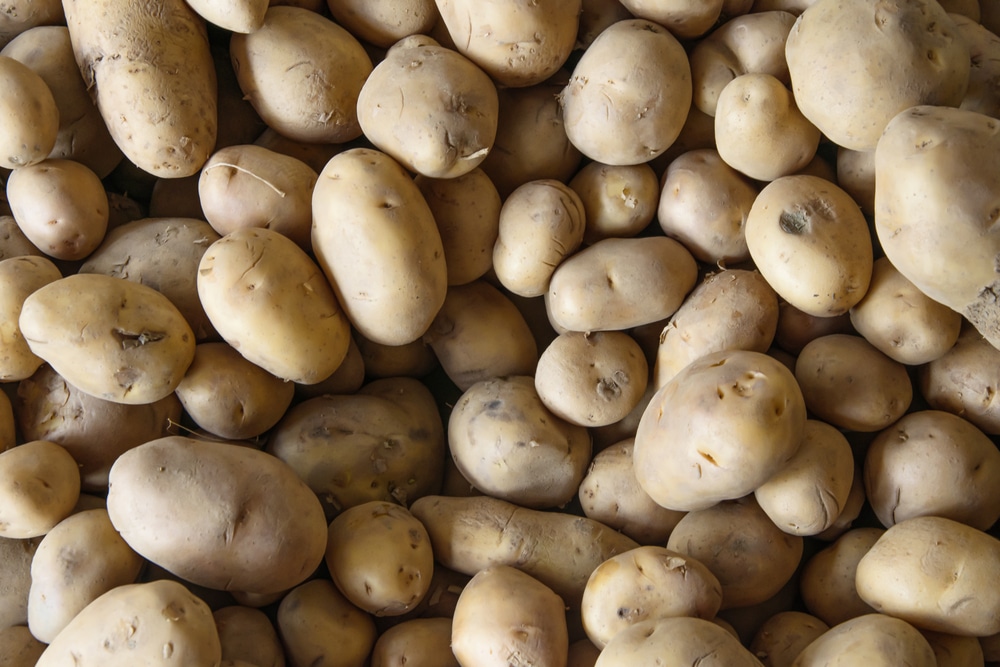Growing potatoes in your garden can bring you plenty of satisfaction. To begin with, you’ll realize that their taste will be nothing when you compare them with store-bought potatoes. And if you want to taste what gourmet potatoes are like, you must consider planting Kennebec potatoes. If you like white flesh tubers with thin skin, you’ll fall in love with this variety, which is suitable for baking, boiling, stewing, and even frying.
In this essential guide, we’ll go through everything you must know about planting Kennebec tomatoes in your yard. So, keep reading to get tips to get the most out of this relatively easy-to-grow crop!
What Are Kennebec Potatoes
Before getting deeper into how to plant Kennebec potatoes, you may want to have a clear idea of the characteristics of this versatile potato variety. Kennebec potatoes are native to the Maine region and take about 90 days to mature.
One of the best things about this potato variety is that they are perfect even for beginner gardeners since they are resistant to most diseases (and not as susceptible to attacks from pests as other potatoes). Additionally, Kennebec potatoes have a long life shelf, meaning they last more than others after you harvest them.
Some people refer to these potatoes as the “best for chips” (for good reasons, since their waxy skins and fluffy texture are ideal for frying and baking). For this reason, they are a popular choice for commercial potato chips.
How to Plant Kennebec Potatoes
Before planting Kennebec potatoes, you’ll have to get a hold of some seeds. Luckily, it isn’t challenging to find these crops: you can look online or even at your favorite garden supply store. Some farmer’s markets may also sell them.
Then, you must know the ideal time to plant these crops, about two weeks before the last frost in the spring. Check your local weather before deciding on a date: the right time to place your potato seeds in the soil will depend on your USDA hardiness zone.
Some people recommend cutting the potato seeds into pieces before planting them. The parts should be dry before you plant them in the soil. Failure to do so will make them susceptible to rotting and more vulnerable to attacks from pests. But do you want to know how to plant Kennebec Potatoes? Then, follow this step-by-step guide we put together for you!
Finding A Proper Location
Once you have the seeds ready (and know it’s the right time of the year to plant them), you must decide where to locate your crops. For Kennebec potatoes to thrive, they must receive plenty of direct lighting. Also, the soil must be well-draining, so ensure the substrate you use is adequate.
Additionally, you may want to check the pH of your yard: Kennebec potatoes adapt to most conditions but will give you more abundant harvests at pH levels between 5.5 and 6.5.
Prepare the Soil
Now that you know where you should plant your potatoes, it is time to dig holes for the seeds. They must be about 6 inches deep. As you place the seeds on the ground, space them about 12 inches apart. Doing so will ensure the plants have plenty of space to thrive and develop roots. Avoid burying the seeds too deep: it will prevent them from getting the sunlight and moisture they need to grow.
Don’t forget that Kennebec potatoes (like other potato varieties) need hilling. So, you’ll have to add more soil around the stem every couple of weeks to protect your plants from the sun, keep weeds at bay, and allow for more space for the tubers.
Once the location is ready, bury the seeds with soil and remember to keep the area well-watered to help them establish themselves in the ground.
Grow Your Seedlings Into Crops
After planting your potato seeds, you’ll have to put some effort into growing them into productive crops. Luckily, Kennebec potatoes aren’t too challenging to grow. You’ll need to provide them with regular watering (at least once a week or more if you live in a hot and dry region). Keep the soil moist without overwatering it to help your potatoes to develop.
Applying fertilizer isn’t necessary, but it may boost your crops’ production. Use a balanced product to provide your plants with all the nutrients. Also, pick organic products if you can: they will improve soil quality while supporting your potatoes’ growth.
With proper care, you should be able to harvest your potatoes in the late summer or early fall.

